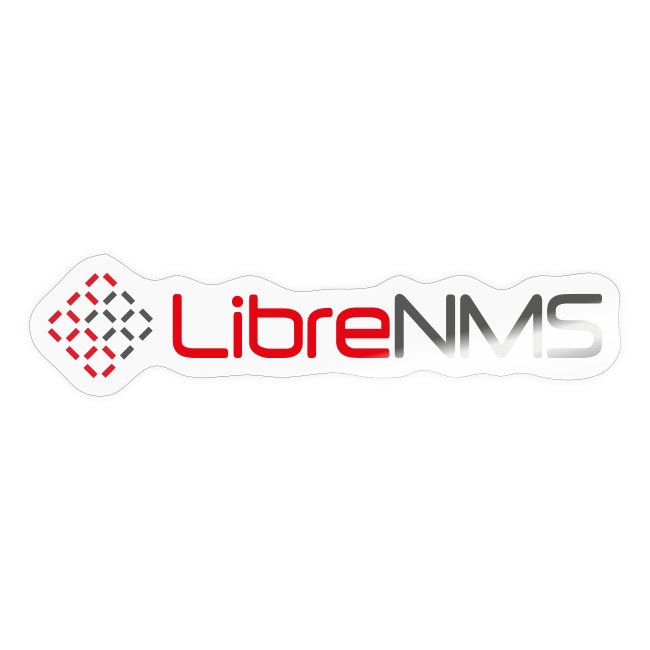Network Monitoring Using LibreNMS
The Comprehensive Guide
Introduction
In today’s digital age, network monitoring has become a vital aspect of IT infrastructure management. The ability to oversee and manage network resources ensures the continuous availability and performance of critical systems. One of the most effective tools for this purpose is LibreNMS, an open-source network monitoring system that provides powerful features for network visibility. This guide explores the capabilities, setup, and usage of LibreNMS for comprehensive network monitoring.
What is LibreNMS?
LibreNMS is a fully featured network monitoring system that uses SNMP (Simple Network Management Protocol) and other technologies to gather data from network devices. It is an actively developed open-source project with a vibrant community, making it a reliable and customizable solution for network administrators. LibreNMS supports a wide range of devices, from routers and switches to servers and virtual machines, providing extensive network visibility.
Key Features of LibreNMS
· Device Support: LibreNMS supports a vast array of network devices from various manufacturers, ensuring compatibility with most infrastructures.
· Auto Discovery: The system can automatically discover devices on your network, saving time and effort in manual configuration.
· Customizable Alerts: Set up alerts based on specific conditions to be notified of potential issues before they escalate.
· Performance Graphs: Visualize network performance through detailed graphs and charts, aiding in the analysis of trends and anomalies.
· API Integration: LibreNMS offers an API for integrating with other systems and tools, enhancing its functionality.
· Multi-User Support: Manage permissions and roles for different users, ensuring secure access to network data.
· Mobile Friendly: Access network data and receive alerts on-the-go with a mobile-friendly interface.
Setting Up LibreNMS
System Requirements
Before installing LibreNMS, ensure your server meets the following requirements:
· Operating System: Linux-based (e.g., Ubuntu, CentOS)
· Web Server: Apache or Nginx
· Database: MySQL or MariaDB
· PHP: Version 7.2 or higher
· Other Dependencies: SNMP, Composer, Git
Installation Steps
1. Prepare the Server: Update your server and install necessary dependencies.
2. Clone LibreNMS Repository: Use Git to clone the LibreNMS repository to your server.
3. Set Up the Database: Create a database for LibreNMS and configure user privileges.
4. Configure the Web Server: Set up Apache or Nginx to serve the LibreNMS web interface.
5. Run the Web Installer: Access the LibreNMS installer through your web browser and follow the prompts to complete the setup.
6. Finalize Configuration: Adjust configuration files and set up cron jobs for automated tasks.
Using LibreNMS for Network Monitoring
Adding Devices
To start monitoring devices, add them to LibreNMS. Navigate to the “Add Device” section in the web interface and enter the necessary information, such as the device’s IP address and SNMP community string. LibreNMS will then attempt to discover and poll the device for data.
Viewing Network Data
Once devices are added, LibreNMS will begin collecting data. You can view this data through various dashboards and interfaces. Key sections include:
· Overview Dashboard: Provides a high-level summary of network status and performance.
· Device Details: Offers detailed information on individual devices, including performance metrics and status indicators.
· Performance Graphs: Visualize data over time to identify trends and potential issues.
· Event Log: Track events and changes in the network, aiding in troubleshooting and analysis.
Setting Up Alerts
Alerts are a crucial feature of network monitoring. In LibreNMS, you can set up customized alerts based on specific conditions, such as high CPU usage or network latency. Alerts can be configured to trigger notifications via email, Slack, or other communication channels, ensuring timely awareness of potential issues.
Advanced Features
API Integration
LibreNMS offers a robust API that allows for integration with other systems and tools. This feature is useful for automating tasks, exporting data, and enhancing the overall functionality of your network monitoring setup.
Custom Scripts and Plugins
Expand LibreNMS capabilities by writing custom scripts or plugins. This flexibility lets you tailor the system to your specific needs, whether for specialized monitoring requirements or unique reporting formats.
Mobile Access
With a mobile-friendly interface, LibreNMS ensures that network administrators can monitor and manage the network from anywhere. This feature is particularly useful for on-call staff who need to respond to alerts and issues promptly.

